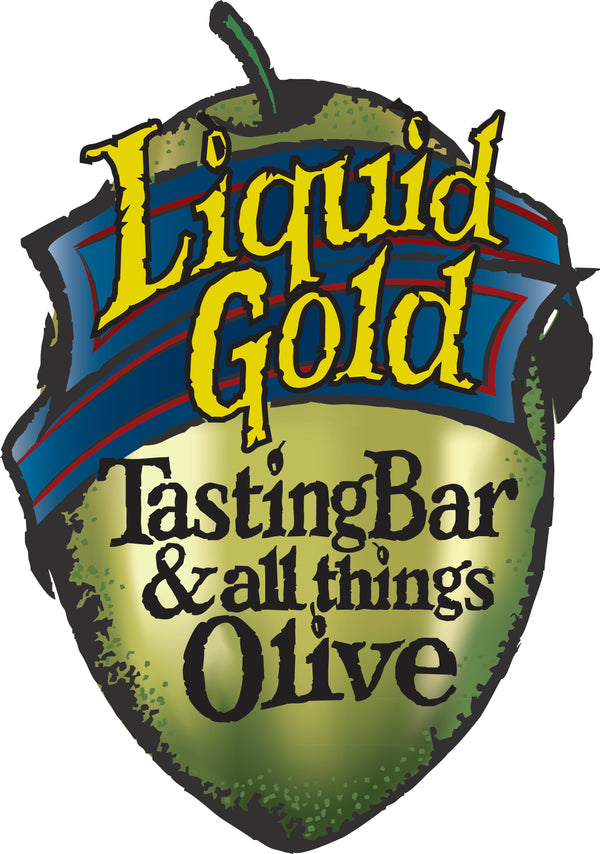So, now what do I do with it?
Share
Over the course of the past few months, many new and regular customers are asking, "so now what do I do with it?" As it is not a part of our North American culture, most of us have not experienced fresh olive oil.
When customers come in, taste, fall in love with this beautiful elixir, they are amazed. But they are also a little unsure of just what to do with it. Fresh oil can be used in almost any application where butter or vegetable oil is used. (I will include the butter to EVOO chart at the end of this article)
We use EVOO (Extra Virgin Olive Oil) for two reasons, taste and health. Fresh oil has many 'tastes'. A little like wine tasting, tasting oils conjures up palette pleasing notes such as "fruity, grassy, peppery,bitter, nutty, with notes of apple, artichoke, or cucumber. Types of olives or cultivars, are as different as grapes that make wine. Some are mild, some medium and some will sit you down and take your shoes off. In these categories, they will range from creamy and buttery to clean and fresh. If we think of our oil as a spice, we start to pair them with the foods we are preparing. As we become more comfortable with using our fresh oils, we will find more of them in our pantries.
When using EVOO in food applications, there are a couple of things to consider. Without getting too technical, bigger more robust oils have higher poly phenols or antioxidents, while milder, softer oils have less. When we heat EVOO, some of the phenols dissipate. If using the oil for high heat, you might want to consider a more robust oil, and save the softer ones for cold applications such as salads, dipping and finishing. Keep in mind, fresh olive oil has a relatively high smoke point, some up to about 420F. Mediterraneans have been using good quality EVOO for all cooking, for generations. Since the heating of the oil removes the fruity character, a mixture of 'the good stuff' and safflower oil (one high in monounsaturated fats), might be a good alternative. Some chefs use a virgin oil, or olive oil instead. But here goes the problem of finding them fresh.
So relax, and start drizzling, sauteing, dipping and frying your way to a healthier, tastier way of food preparation.
Conversion chart
Butter Olive Oil
1 tsp 3/4 tsp
1 tbsp 1 tbsp
2 tbsp 1 1/2 tbsp
1/4 c 3 tbsp
1/3 c 1/4 c
1/2 c 1/4 c + 2 tbsp
2/3 c 1/2 c
3/4 c 1/2 c + 1 tbsp
1 c 3/4 c
